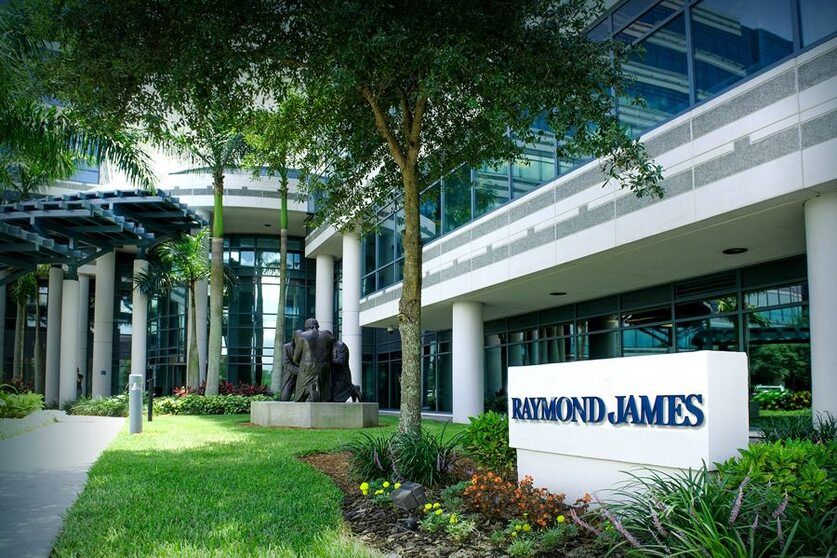Index-investing purists ignoring mounting downside risks

Six years into a bull run that has seen the S&P 500 more than triple, it's time to recognize the potential benefits of active management over indexing.
Few topics can whip the financial advice industry into a full-blown tizzy like a good debate over active versus passive portfolio management.
For some reason, it’s right up there with politics and religion in terms of conversations best avoided around the dinner table, assuming your family is made up entirely of financial professionals.
For some advisers, it has always been about an unofficial blend of indexed strategies for broad exposure and active management in specific sectors. But at certain points in market cycles, such as six years into a bull run that has seen the S&P 500 Index more than triple in value, it seems logical to recognize the potential benefits of active management over pure indexing.
“For us, it’s all about return per unit of risk, which is something you can’t maximize using passive indexes, and I think all the easy money has been made on the passive side,” said Tim Holsworth, president of AHP Financial Services Inc.
Granted, it’s impossible to say how close the stock market is to a major pullback, but it has been more than three years since a correction of 10% or more has occurred.
Corrections of that magnitude historically happen about every 18 months.
(More: American Funds ready to double-down on active investing in 2015)
We are only about a week away from the six-year anniversary of the March 9, 2009 bottom in the S&P 500, which happened during the financial crisis, and actively managed funds are still taking their lumps in the form of net outflows.
In January, actively managed international and domestic equity funds had more than $13.8 billion in net outflows, while index funds had more than $22.3 billion worth of net inflows, according to Morningstar Inc.
That has been the story for every year — except for 2013 — dating back to the start of 2008. Annual net outflows from active funds ranged from a low of $39.2 billion in 2009 to a high of $212.7 billion in 2008.
Index funds, meanwhile, enjoyed net inflows ranging from a low of $31.5 billion in 2009 to a high of $118.5 billion last year.
In 2013, active funds had $93.7 billion in net inflows and index funds had net inflows of $99.4 billion.
In hindsight, with the S&P 500 up more than 212% from the March 9, 2009 bottom at 676.53, it is hard to deny the brilliance of just riding along in that particular index. But the same kind of hindsight can also be applied to down markets.
Last year, for example, when the S&P 500 gained 13.7%, 85% of large-cap U.S. equity funds underperformed the benchmark, which further supports the argument for passive investing when markets go up.
But if you look at commodity funds — the worst-performing mutual fund category with a 24.4% decline last year — 89% of the active funds beat their benchmark. Another example is foreign large-cap value funds, of which 60% beat the benchmark MSCI EAFE’s 4.9% decline last year.
One of the standard arguments against active management is their higher fees, compared with indexes, but those fees are often earned on the downside when active managers can exit positions and move to cash, which becomes a positive drag on the portfolio when stocks are falling.
(More: iShares says not so fast on passive investing winning the day)
“Indexing can be self-fulfilling and it usually ends when valuations get to the point that [they] are no long sustainable,” said Keith Trauner, co-founder of Goodhaven Funds.
“Typically, the time when active managers start to shine is when you get indexes that start to look expensive by historic standards,” he added. “And right now, the indexes are not offering you a very good deal.”
If active management is climbing the steep side of the mountain, there might be some middle ground found in the emerging popularity of smart beta strategies that often combine the best of active and passive strategies.
Smart beta, which includes nearly 500 different funds and a wide range of variations on the traditional market-capitalization-weighted index, might represent the foot in the door for indexing purists.
Anything has to be better than just blindly loading up on indexes with the hopes that everyone else will keep doing the same.
Learn more about reprints and licensing for this article.








